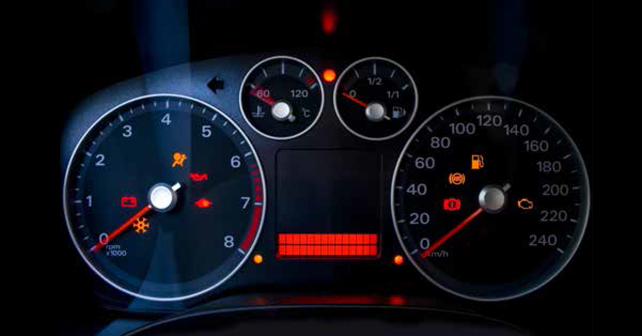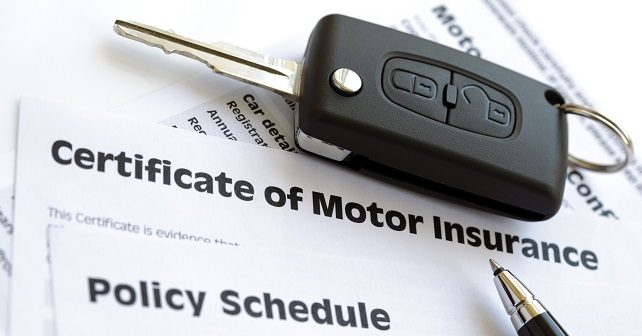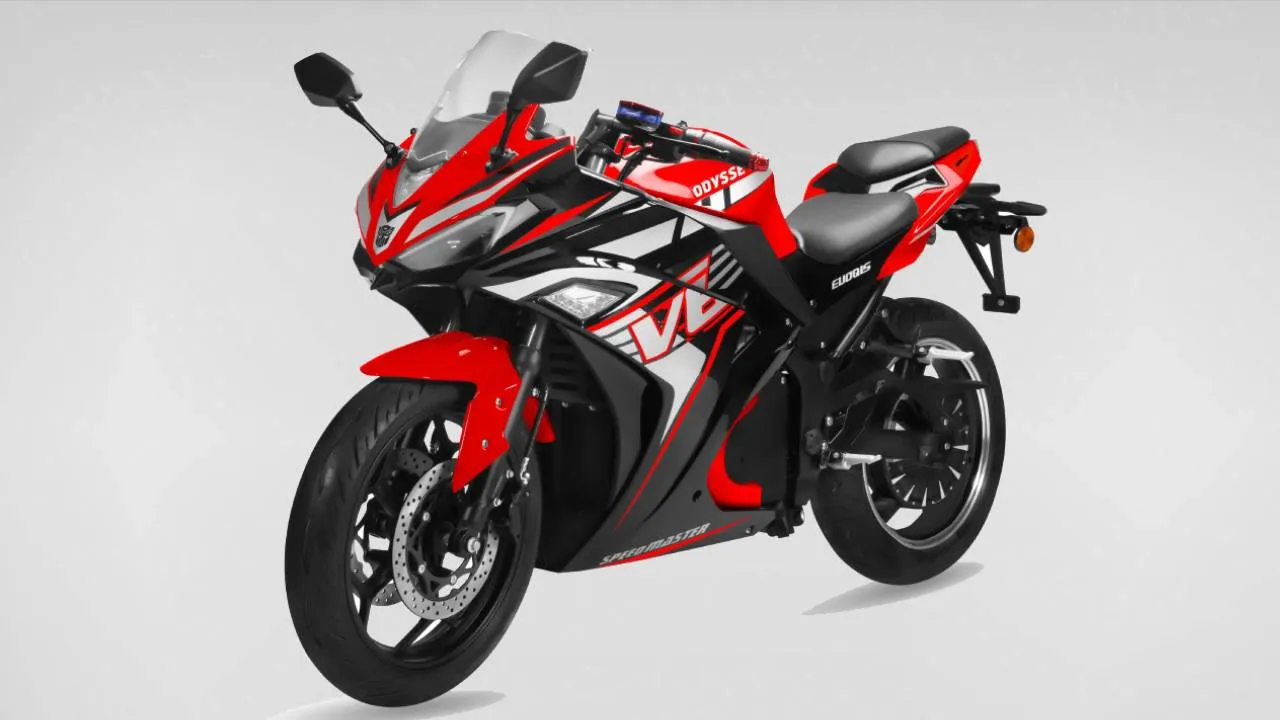Decrypting dashboard warning lights
Dashboard lights tell the driver the car’s status and potential mechanical problems. Therefore, it’s important to know what these warning lights

Dashboard lights tell the driver the car’s status and potential mechanical problems. Therefore, it’s important to know what these warning lights mean. Modern cars are equipped with a string of sensors to monitor how your car is behaving. If any of these sensors detect a mechanical or electronic problem with the car, the corresponding dashboard light illuminates to warn you about the same. It is important for every motorist to have a thorough understanding of each and every warning light on his car’s dashboard. This lets you know whether the problem requires immediate attention or whether you can continue your journey and visit a mechanic later in the day. You must also be aware that warning lights may be specific to each car model. Therefore, it is always helpful to go through the car’s handbook before turning the keys of your car. It is normal for these lights to illuminate briefly when the vehicle is started. However, if they continue to flash, a serious problem might be on its way. One should never ignore these warning lights or take them lightly. ECU/Engine This light illuminates when the sensor detects a malfunction with the engine management system. It is usually accompanied by loss of power as the car switches to safe mode to prevent serious damage. It is advisable to stop the car immediately, at the side of the road, and call a mechanic to avoid any damage to the catalytic converter. If the light is blinking, this indicates a severe engine misfire allowing unburned fuel to be dumped into the exhaust system. If this occurs, you should reduce power and have the vehicle checked as soon as possible. Oil pressure This light indicates a loss in oil pressure and requires the engine to be switched off immediately to avoid significant damage to the core part of the car. Even the oil level is found to be correct in manual checks, it is advisable that you get the car repaired by a mechanic instead of assuming that the sensor is faulty. Oil is what lubricates your engine, with the oil pump used to spray the fluid to all corners of your engine. If temperatures get too high or low or oil pressure drops, the effectiveness of the lubrication can be reduced or lost all together. Battery charge This light indicates that the car is not charging its battery and is likely to run out of electrical power soon. There are a number of reasons for the alternator failing to charge the battery: 1) The alternator may itself be faulty 2) The battery may have developed a fault and requires repair/replacement 3) The cabling may be damaged 4) The alternator drive belt may be loose. This can turn out to be a serious problem as many other systems rely on the belt such as the engine coolant pump, or power steering. Therefore, park your car at the side of the road and call a reliable mechanic. Power steering The power steering warning light will illuminate if the fluid levels are low or if there is a fault within the system. While it is possible to safely the drive the car without the power steering, the steering will become heavy and affect the driveability of the car. Brake system The brake warning light illuminates when the handbrake is applied and switches off once it is released. Illumination after releasing the handbrake may indicate low brake fluid level. If the brake fluid is found to be too low and the brake pedal is distinctly longer than usual, one of the two hydraulic brake circuits may have failed. This is also relevant for vehicles with the anti-lock brake system as it also uses some of the service brake hydraulic components to operate. If the red brake light comes on and stays on, there is a serious problem. Airbag Airbags can reduce driver deaths in the event of a side impact crash by 40% , according to a research conducted in the US. A faulty airbag may not go off at all in a crash or deploy when you least expect it, giving the driver a nasty shock. Hence, whenever one’s dashboard indicates a possible fault in the airbag, it is advisable to visit an authorised repair shop. Coolant Engine overheating can cause fatal damage to the car. Possible reasons for rise in temperature above the optimum level could be blockage or leaking within the engine coolant system, or simply insufficient coolant. If the corresponding light illuminates, pull over the car to the side of the road and turn off the engine. Check the gauge on the side of the coolant tank under the bonnet.






-(17).webp)


















Write your Comment on